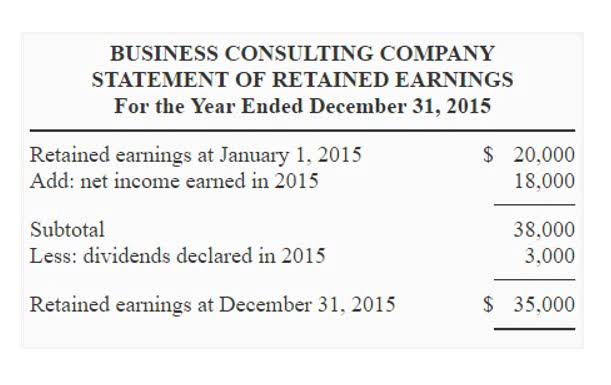
Under the completed contract method (CCM), contract income isn’t reported until the project finishes. Of course, that doesn’t mean there aren’t expenses during construction or that contractors can’t bill in the meantime. This sometimes means contractors are able to defer taxable revenue if the contract won’t be completed until the following tax year. While cash-basis accounting has several advantages, it’s not for every construction business.
Construction Accounting 101: A Basic Guide for Contractors
But first, let’s look at what makes construction different from so many other industries. Work in Progress (WIP) reports are essential tools for monitoring the financial health of your ongoing projects and their impact to the overall business. As a business in the construction industry, you work in hypercompetitive, often volatile, and constantly evolving markets.

Many accountants also provide the following services
- First and foremost, a contractor should expect an accountant to look out for their best interests.
- It also retains information about POs, time worked and equipment usage for specific sites.
- Additionally, invoices provide necessary tax information for the client and contractor, allowing them to keep accurate records and file their taxes on time.
- As a result, revenue recognition and cash management in construction both carry special considerations.
- Moss Adams works with construction organizations and associations across the industry to collect data on regional and nationwide trends.
- These taxes are listed on an employee’s pay stub, with the first two shown as FICA (Federal Insurance Contributions Act).
The Advanced plan also has task automation, reducing the amount of time you spend on data entry. Get a dedicated account team to help you with problems and provide on-demand online training. Each plan offers the basics needed to run your construction business, including scheduling, daily logs and a to-do list. See if you’re on track with the report designer that allows you to customize construction reports and financial statements.
Wrapping up: Hiring a contractor accountant? Think value not price
In some sense, prevailing wage payroll is like a minimum wage but more complex. First, prevailing wage payroll may include and sometimes requires non-cash compensation called “fringe benefits,” such accountant for independent contractor as health care or continuing education. One common construction billing format is known as AIA progress billing, named after the American Intsitute of Architects that produces its official forms.
The Rise of ESOPs in Construction: General Qualifications for Contractors Considering an Employee Stock Ownership Plan
All this carries into how unique and complex payrolls are in this sector. As an industry standard, AIA progress billing is one of the most widely used forms of contract in the construction industry. With unit-price billing the contractor doesn’t charge the customer for the total amount at once.

It also entails changes to accounting for contract losses, stored materials and cost-to-cost calculations. As with using cash accounting or methods like PCM and CCM, contractors need to consult with their construction CPA to make sure they’re on track. Dealing with a mobile workforce is one of the biggest challenges in construction.
Many industries operate around fixed-price, point-of-sale billing, but that’s not always the case with construction. Because construction production is project-based, decentralized and long-term, contractors may use a number of billing styles and methods. Often that requires specialized software to track and create those billings. Revenue recognition or income recognition is how a contractor determines when they’ve officially made money on a project. Remember, this comes into play because construction contracts are usually long-term and often have delayed payments.
Customizable reports for your construction business
When states have a reciprocity relationship, however, the worker’s state of residence may issue credit for taxes paid on income earned out of state. That way, they don’t pay twice, but this requires careful attention to timecards and pay stubs. Another peculiarity to be accounted for in construction is the practice of withholding retainage, or, retention.
- When states have a reciprocity relationship, however, the worker’s state of residence may issue credit for taxes paid on income earned out of state.
- An accrual method will recognize an expense when it’s incurred and revenue when it’s earned, even if cash hasn’t come in or out yet.
- Calculating profit is simple, since profit is just cash received minus cash disbursed.
- Use a journal, spreadsheets, or construction accounting software to record day-to-day transactions like accounts payable, accounts receivable, labor costs, and material costs incurred.
- Implementing the right technology can significantly improve your ability to manage your construction firm’s finances effectively.
- Reporting requirements for a particular union may exist on a national or a local level.
A written transition plan ensures that your vision for your firm is fulfilled and protects your family, your employees, and your customers. In this on-demand webinar, James Moore’s Webb Shephard explains the key financial reports and statements your business must have to secure the bonding to work on government and public works projects. Finally, the collection, remittance https://www.bookstime.com/ and reporting of state and local-level taxes depend on the governments that levy the taxes. And while we discussed state income tax in a previous article, you should also remember local income taxes. These are sometimes assessed in large urban areas (think New York City, San Francisco, etc.). There are 14 states that allow local governments to collect an income tax.